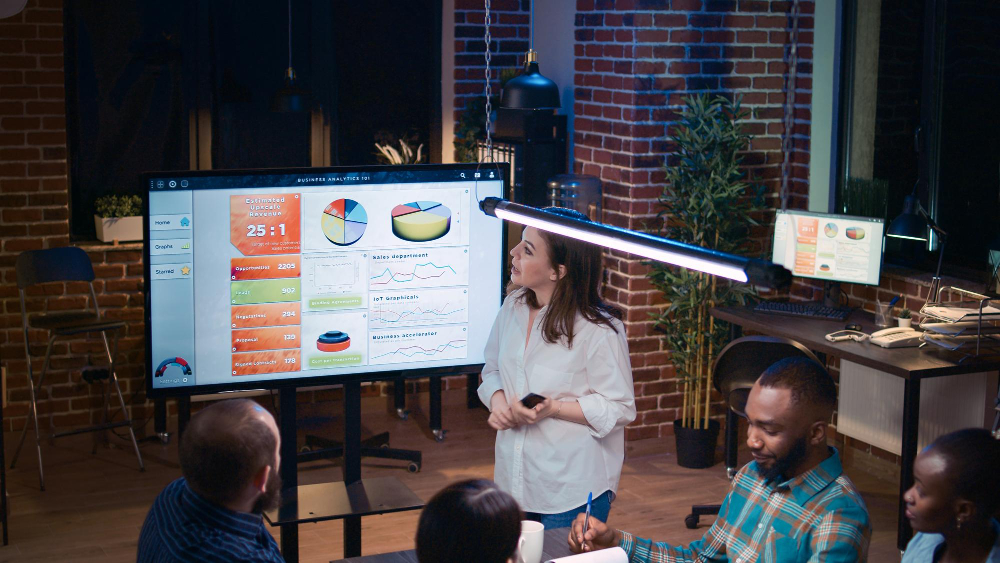
Mastering Physical distancing: Workspace planning in the new post-COVID-19 workplace
The current COVID-19 pandemic has created a whole new lexicon that people, especially in the people management, staffing and HR business, are just coming to terms with. Terms like lockdown, Personal Protective Equipment (PPE), stay at home, immunity passport, flattening the curve, and a slew of others, have become commonplace. While all these new terms may have an impact on our workplace interactions, there’s one COVID-19-induced term that’ll redefine how employees work and interact with each other for a long time to come. It’s called Physical distancing, and the earlier that organizations prepare their workplaces to deal with this phenomenon, the better.
Workplace physical distancing realities
Planning your “back to work” strategy requires taking into account several physical distancing realities:
– How do you organize workspaces to allow working together – separately?
– Where can you most effectively relocate and co-locate employees returning to the workplace?
– What’s the most efficient seating arrangement to implement, considering that not all team members might be physically in the same location?
Incorporating these realities into a new workspace allocation paradigm could be highly disruptive, to say the least. Team managers and HR specialists will need to work together to come up with strategies, like efficient staff and workspace scheduling, hot-desking, desk, cubicle and workplace productivity asset (Team boards, projection facilities, conference call bridges) scheduling and allocation.
Thankfully, workspace logistics planners and managers don’t have to go it alone. There are supporting tools and technologies to help them navigate the uncharted world workplace physical distancing realities.
Workspace scheduling
One of the best tools that any workspace manager could ask for is powerful facilities and room scheduling capabilities. Knowing what desks, cubicles, meeting pods and conference rooms you have available – in real time – makes planning in a physical distancing world less stressful.
For instance, if your organization implements a 50:50%-on-off-site strategy, to accommodate social distancing at the office, your planners will have up-to-date access to staff calendars in Microsoft Outlook. You can then use that information, in conjunction with room booking features, to ensure specific resources (like desks and meeting rooms) are available ahead of time.
When returning staff know exactly which desks/cubicles to occupy when they return, and where their team members are located – spaced two cubicles apart, instead of the usual eight consecutive cubicles – it’ll make coordination and collaboration more effective.
With the help of workspace scheduling software, you can even accommodate random. Yet important, on-premise meetings quickly, making sure you seat all participants within appropriate physical distancing guidelines. And, when used in conjunction with Workstation mounted Touchscreen technology, workspace scheduling, reservations and availability-checking becomes all that much easier.
Getting the lay of the land
Often, during crisis situations, doing a physical walkabout helps workplace planners assess work space usage and potential scheduling opportunities. However, when you have workplaces spread over a large area, noncontiguous work locations. Or office space that sprawls over several floors, efficient workspace allocation is next to impossible.
So, what’s the alternative? The answer: 3D Floor Maps!



















































 Support
Support  Demo
Demo  Blog
Blog 


